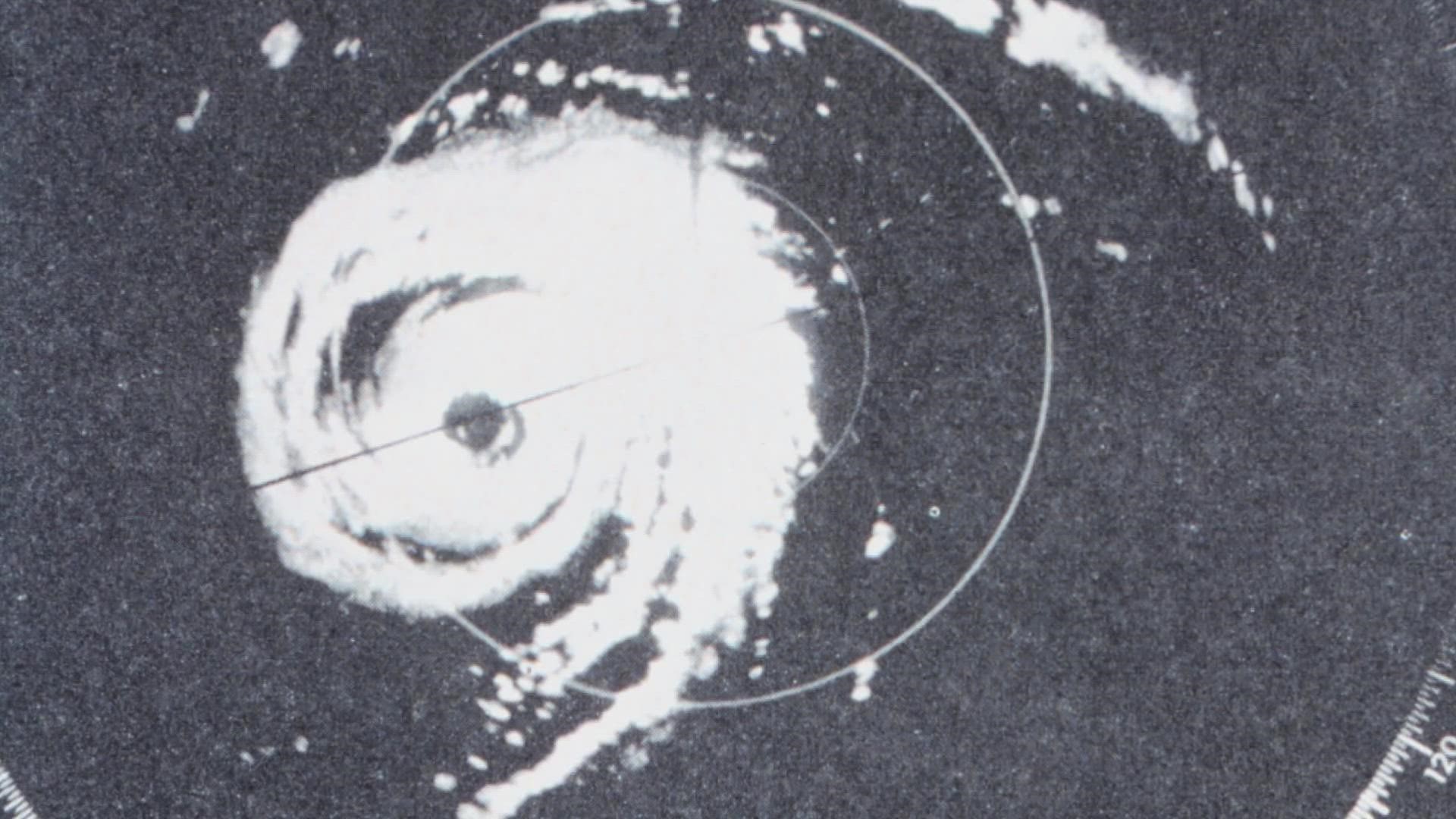DENVER — The original concept of radar can be traced back to the late 1800s, but it was really the military that first capitalized on the technology.
American and British soldiers in World War II used radar to detect enemy ships and, more importantly, their bombers and fighter planes.
“I think radar was instrumental in preventing the Nazis from being able to invade the island of Great Britain,” said Chuck Stout, Curator of the Wings Over the Rockies Museum.
He said radar technology was first put on display at the Battle of Britain, the first ever battle fought completely in the air. He said that was a major turning point in the war.
Great Britain's Prime Minister, Winston Churchill, paid tribute to the far outnumbered allied fighter pilots in one of his famous and eloquent speeches.
“And he said, ‘Never in the field of human conflict was so much owed by so many to so few’," quoted Stout. "Even just saying that right now chokes me up.”
Stout said the unsung heroes of that battle and possibly the war, may have been the radar operators that located the enemy.
Throughout WWII, Britian also used radar to help warn citizens of night raids from German bombers.
And those same radar operators noticed that it wasn’t just enemy aircraft showing up on their screens, they noticed some other echoes appeared while there where storms in the area.
Stout said at first, they discarded them as clutter.
“And that was the beginning of weather radar because what had been a nuisance and unwanted clutter became something that you could actually find weather and avoid it,” he said.
So almost by accident, weather radar was born. In a time of war, where the pressure to advance technologies was a matter of life and death.
“On behalf of myself and the Wings Over the Rockies Air and Space Museum, I want to thank our veterans." said Stout. "I really appreciate the work that you do, and thank you for your service.”
SUGGESTED VIDEOS: Colorado Climate

